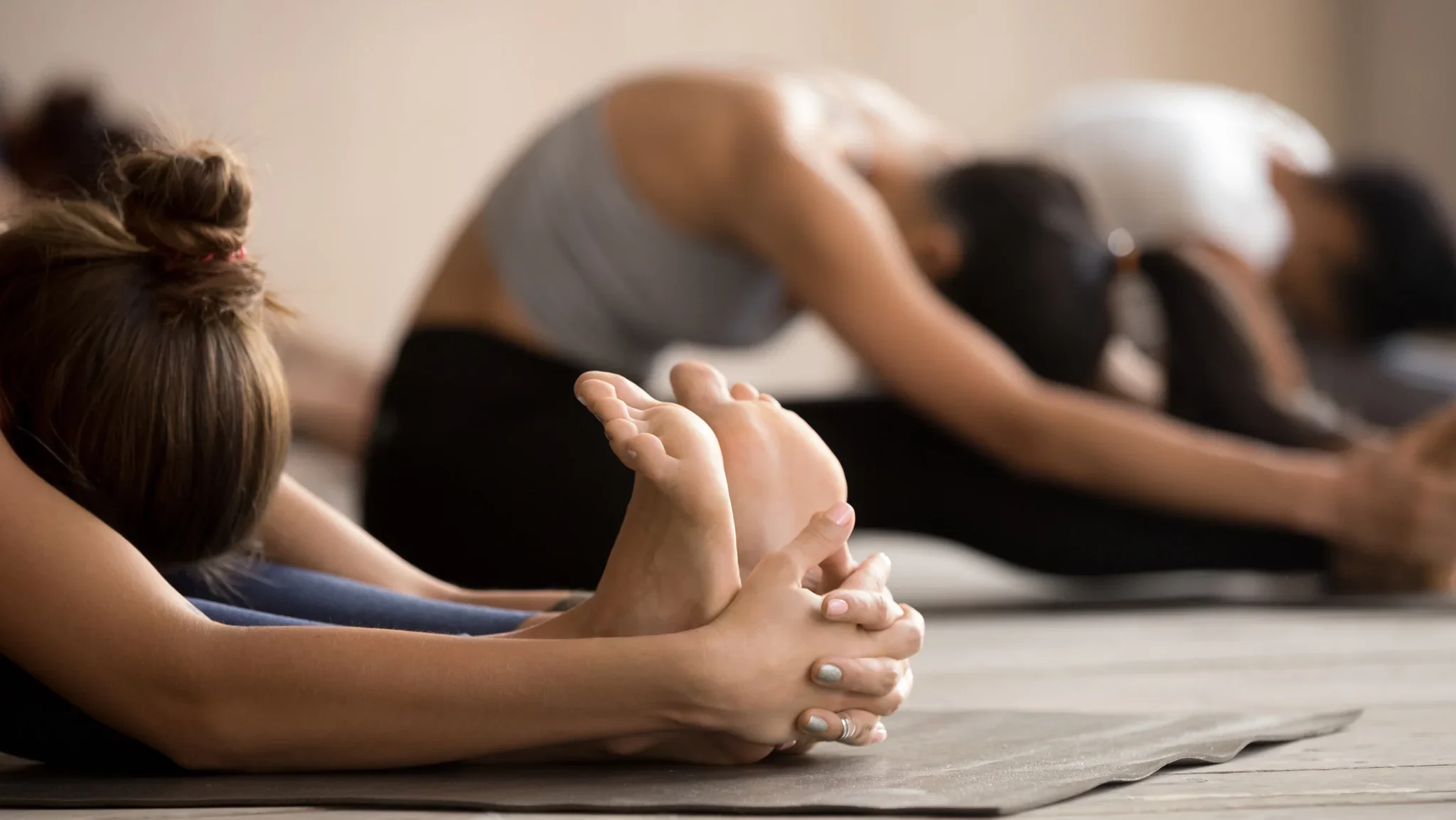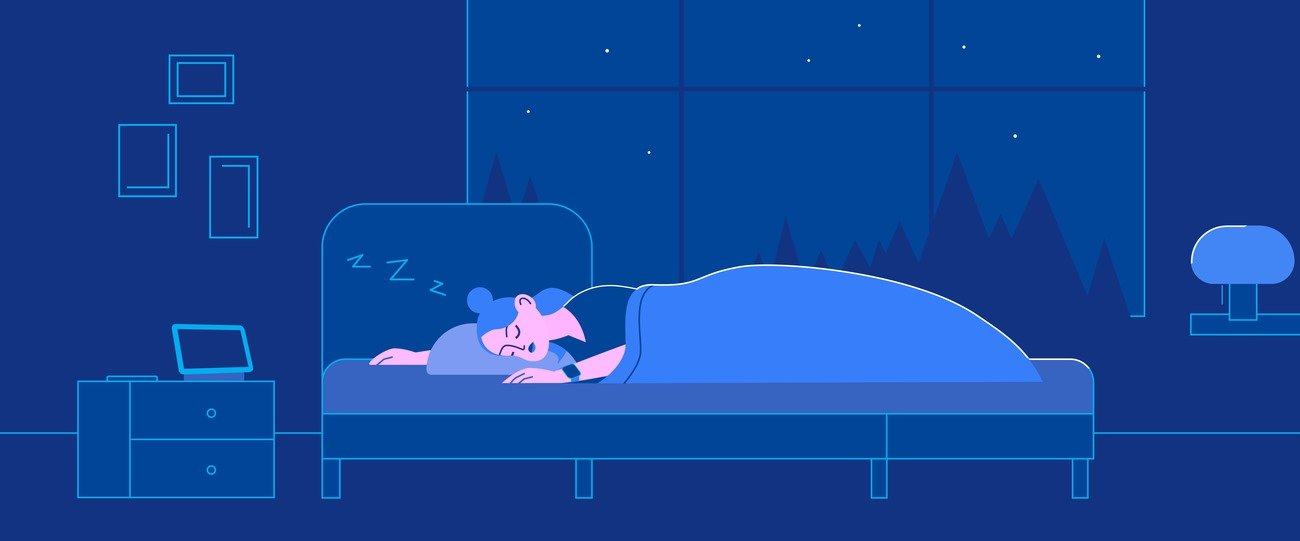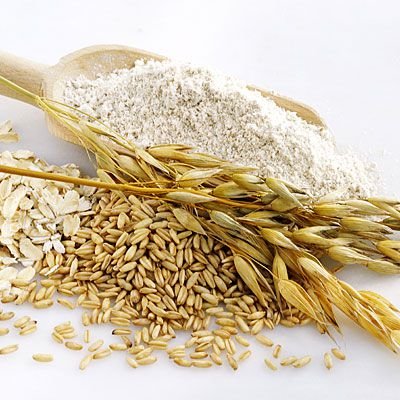




Rethinking Sunlight
{Reading time: 8 minutes}
Sunlight is one of the most essential yet misunderstood aspects of health, particularly in Australia, where public health messaging often focuses on the risks of excessive sun exposure. While the fear of skin cancer is valid, this narrative has unintentionally led many to avoid the sun entirely, depriving themselves of its myriad benefits. From an FP perspective, sunlight is an indispensable part of maintaining a biologically sound and functional body.
According to Dr Jack Kruse, “Sunlight is not merely a source of vitamin D, but a fundamental driver of human health.” You may be surprised to learn the many benefits of sunlight on the skin. Light on the skin creates different effects and it’s important to understand how the different frequencies (colours) help our body. Below is a breakdown taken from the Instagram account of Carrie Bennett, a well respected Quantum Biology expert on the different spectrums and their benefits:
Light spectrum
Time of day present
Benefits
Infrared
Present from dawn til dusk all times of the year.
Builds EZ (exclusion zone) water. This is the water inside our bodies. It’s negatively charged (unlike the water we see in a glass which is neutral) and highly structured.
Our cells and extracellular matrix require this water for energy. Many things deplete it including indoor living and wifi radiation. Hence it is important to get infrared light onto our skin regularly throughout the day.
Red
Always present from dawn til dusk at all time of the year.
Red light on the skin stimulates water and ATP production in the mitochondria by restoring electron flow through cytcomechome C oxidase and by increasing mitochondrial membrane potential. In layman's terms, it boosts energy production within our cells.
Blue
Present from sunrise to sunset in the intensity needed to trigger melanonsin receptors.
Blue light from the sun, as opposed to artificial light, has major benefits including maintaining our circadian rhythm and it has also been shown to treat acne.
UVA
Appears when the sun is above 10 degrees above the horizon and varies depending on your location and time of year.
UVA does so much when it interacts with aromatic amino acids in our eyes, but it also provides amazing benefits when it hits our skin. UVA makes nitric oxide in the blood vessels which vasodilates them and improves blood flow. It also produces melanin which can absorb light to split water molecules to make O2 (for energy) and H2 (an antioxidant).
UVB
Appears when the sun is 30 degrees above the horizon and also varies based on location.
UVB on the skin synthesises vitamin D from 7-dehydrocholesterol. This pathway generates dozens of D metabolites which are biologically active and cannot be made from a D3 supplement. UVB also creates what researcher Dr Emilio Delguidice calls ‘’a plasma of free electrons in the coherent domain of water’’ AKA free electrons for energy.
As you can see there are many benefits to each spectrum of light and it’s important to expose yourself to each of these spectrums of light to gain these benefits. Our current lifestyles mean that we are spending way too much time indoors and missing out on these spectrums of light. We further damage our bodies by being under fluorescent and artificial lighting which have a host of negative effects on our body.
(Note: The science around the damages of blue light is becoming more common knowledge and we will be going more in depth in another article about this topic as there is a fair bit to cover. For now, we want to be focusing on encouraging our clients to spend as much time outside as possible.)
Everyone knows the UV in Australia in Summer can get quite high and exposing yourself to the high levels of UV carelessly can lead to sun damage, however the messaging around this has become misdirected and to our detriment, there is little regard to the healing effects of sunlight. Research in the last decade is now starting to question the advice to avoid sun exposure, an article named "Insufficient sun exposure has become a real public health problem” states Lindqvist et al. [9] “estimated that sun avoidance was a risk factor for death of similar magnitude to smoking.”
However, mainstream thinking remains that the sun is harmful and something to avoid,
with articles like this being published by trusted news outlets:
https://www.nytimes.com/2023/05/29/style/avoiding-sun-sunscreen-skincare.html
The advice to avoid the sun at all costs started in the early 1900s when a group of researchers began experimenting with mercury arc lamps (which emit strong amounts of UV light) on cell cultures. They came to the conclusion:
‘’Proof that UV indeed was the causative carcinogen was provided by Findlay (1928), when he showed that irradiation of mice with a mercury vapor lamp induced epithelial malignancies.”
Unfortunately, this is propagating because there is little in common with the spectrum of light being emitted by a mercury arc lamp and that which is emitted by the sun:
You can note how all of the red and infrared wavelengths are lacking in the mercury arc lamp. Remember, those are the wavelengths that support mitochondrial energy production (water, ATP plus more infrared), and subcellular melatonin production - a potent anti-cancer compound that repairs cellular damage.
As a by-product of this, we have a society that fears sunlight or thinks that vitamin D supplementation can replace sunlight exposure, which has NOT panned out in the research.
Many people are unaware of the huge benefits of sunlight exposure, including a reduction in all-cause mortality. In other words, your risk of dying from ANYTHING goes down significantly, including cancers of all sorts (yes, even melanoma!)
Practically speaking, how can we get sun safely? At FP Sydney we use a fantastic free app called D minder pro which you can get from the app store.
Wherever you go in the world, D minder tracks the sun and tells you when you can get Vitamin D. The stopwatch interface lets you set your session target by either amount of D to get or time. Then it will count up or down to your target, applying all the factors that determine how much D you can get: skin tone, age, weight, amount of skin
It helps you track Vitamin D without burning your skin. (Yes that means don’t use sunscreen, we will talk about why later).
The app has a focus on tracking vitamin D but you can also use it to expose yourself to other light frequencies throughout the day. By understanding the benefits from the table above, you can expose yourself to those light frequencies to maximise your benefits.
A practical example of getting sun throughout the day could look like this:
As soon as you wake up go outside to get morning sun which starts from sunrise up to the first hour of the day. (within the first hour of sunrise). This light into our eyes turns on a bunch of hormones which turn into serotonin and dopamine. It also switches on the part of our brain that regulates appetite, immune system, fat burning and more. (Even on a cloudy or rainy day these benefits happen, and you don’t need to be able to see the sun). You will need a minimum of 3 minutes to get these benefits.
Next, is to go outside when UVA is present. UVA appears when the sun is above 10 degrees above the horizon and varies depending on your location and time of year. (In summer, usually between 7:30am-8:30am, winter will be later). You will see it on the dial on the app and the benefits are stated above in the table. It’s important to note the UV spectrum during this time in the morning is quite low. There can be a misconception because even though during summer on a hot day you think the sun is harsh, the UV itself is quite low and people often are protecting themselves from this sun where you want to expose your skin and your eyes to these spectrums. There’s science as well that suggests mechanisms in our body when exposing ourselves to UVA light helps us handle UVB better.
After that you want to be in UVB light which starts from 30 degrees. (In summer, roughly from 8:30am, winter is later). This is when your body produces vitamin D, the earlier in the day, the lower the UV, and as the sun rises the UV increases until solar noon (peak sun height) before dropping. Expose your skin as much as you can using the app tracker, it will determine how long you can spend outside safely. A timer will go off once you’ve hit your limit and that’s the time to go in the shade, cover up or go inside.
Over time, you will build up a resilience to the sun in a safe way getting the maximum benefits with no damage. Your skin type may even change, like Johnno, one of our practitioners has gone from a fitzpatrick 2 to a fitzpatrick 3, and can spend more time in the sun without getting burnt. Depending on your skin type, your limit may only be 10 mins during this time before covering up, but expose yourself gradually without any sunscreen or covering to dose your body slowly, these benefits are so important.
The reason we don’t advocate sunscreen is because it blocks your body's ability to produce vitamin D, which is such an important aspect of getting sun. There are also harmful and toxic chemicals in most conventional sunscreens. If you are outside, and have reached your limit and can’t cover up or get in the shade, then we recommend using zinc or a natural sunscreen for protection. The important thing is exposing yourself to the rays before covering up, even if it's 5-10 mins depending on your skin type. That way you are getting the benefits and not just blocking them. Sunglasses too create a mismatch between your eyes and skin. They are the main 2 absorbers of light on your body and you want them to be on the same page. If you squint a lot, it means you’re not accustomed to the brightness, over time you will get better but in the meantime wear a hat or you can wear blue light blocking glasses (yellow strength) which at least you’re only blocking the blue spectrum and not the other ones (but do this temporarily).
We believe getting sun is a pivotal component in achieving optimal functionality and believe it's an integral part in your training to get results. From reducing inflammation, better hydrated tissues and an overall increase in your energy and vitality. There’s a general glow people have when they’ve spent time in the sun. We understand that there are risks, and excessive exposure at the wrong times of day can be damaging. However, completely avoiding sunlight is also problematic. There is a way to do it balanced and measured to maximise the benefits and improve your life.
For the next month, I’d encourage you all to download the D minder app and use it frequently. There’s a target you can set daily and see if you can build up your vitamin D levels. For those who know their vitamin D from a recent blood test (you can back-date it too), you can put it in and it will give you an estimate. Do this over the summer, boost up your levels and see how your body looks and feels. If you have any questions, please don’t hesitate to email back or talk to your practitioner about it. We’d love to see discussion about these behaviours take place, I will post some resources and links of people to follow for more information on this topic.
All the best with your training for the year
From Mark Labib and the FP Sydney team
https://www.instagram.com/carriebwellness/?hl=en
https://www.instagram.com/sarahkleinerwellness/?hl=en
https://www.instagram.com/drjackkruse/?hl=en
https://www.instagram.com/maxgulhanemd/
https://www.instagram.com/decentralizedradio/


Finding Your Why
I thought I would get the ball rolling with a topic that has really been resonating with me lately; the idea of finding the reason why we make changes

The Uncomfortable Truth about Grains
The Uncomfortable Truth about Grains and the impact they have on the human body

